Lake Abraham
The frozen bubbles that form on the icy surface of this Canadian lake contain enough methane to create a small explosion.
Lake Abraham looks similar to other glacial lakes in the Rocky Mountains, with its striking milky blue waters (the result of rock flour, a fine silt carried down from nearby glaciers) and surrounding snow-tipped peaks. But Lake Abraham isn’t natural.
The lake, which is now Alberta’s largest reservoir, was created in 1972 with the construction of the Bighorn Dam on the North Saskatchewan River. It was named after Silas Abraham, who lived in the North Saskatchewan River valley in the late 1800s and guided early explorers in the region.
But Lake Abraham’s real claim to fame isn’t one most humans would be proud of: It’s got a bad case of gas. Methane, to be precise.
Methane bubbles form in bodies of water when dead organic matter falls into the water and sinks to the bottom. Bacteria feed on the organic matter, such as leaves and dead animals, releasing methane gas. This is particularly pronounced in an artificial lake like Lake Abraham, whose lake bed was already covered with vegetation.
Bacteria pooping out methane may not sound like the start of something beautiful, but in Lake Abraham’s case, the phenomenon has created something outdoor enthusiasts and photographers come to see every winter.
As ice forms on the lake, the methane bubbles rising up from the lake bed become frozen in the ice at different levels. This creates stacks of frozen bubbles, held in suspended animation. On a bright day with no snow on the ice, the bubbles are clear to see, along with other patterns formed in the ice.
Smokers beware, however, as these frozen methane bubbles can crack and release their extremely flammable gas. So lighting a cigarette on the ice could be quite an explosive event (as can be seen in this video shot on a lake in Fairbanks, Alaska).
Know Before You Go
Lake Abraham is located in the North Saskatchewan River in western Alberta, Canada, in the Kootenay Plains area of the Canadian Rockies. If you fly in to Edmonton or Calgary, it’s about a three-and-a-half hour drive to the lower hills of the Rockies. Whichever direction you come from, you’ll need to get onto the David Thompson Highway (H11), which runs along the entire extent of the lake’s western shores. For safety reasons, it’s advisable to visit the lake with a guide, especially if you want to go out on the ice. But if you go independently, be very careful on the ice and only walk were you know it is thick enough. Even then, large gaps of air can get trapped in the ice, creating potentially dangerous situations. And don’t forget about the methane—naked flames are not a good idea.



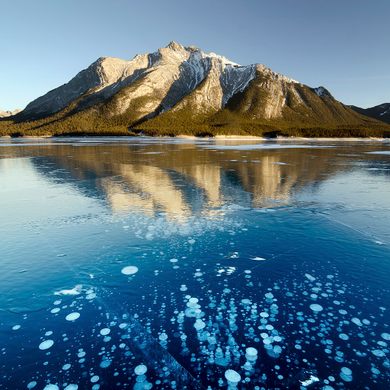
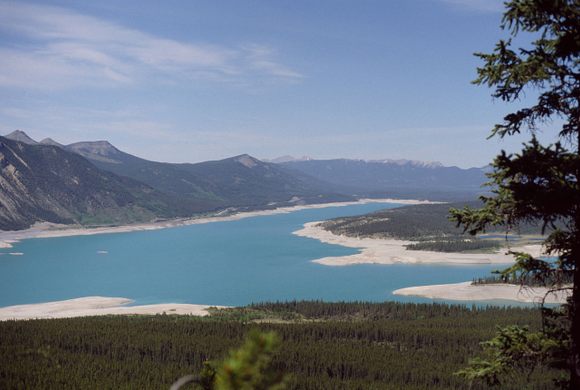
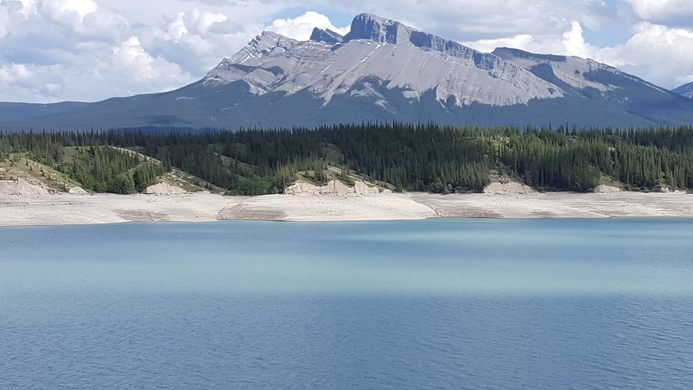





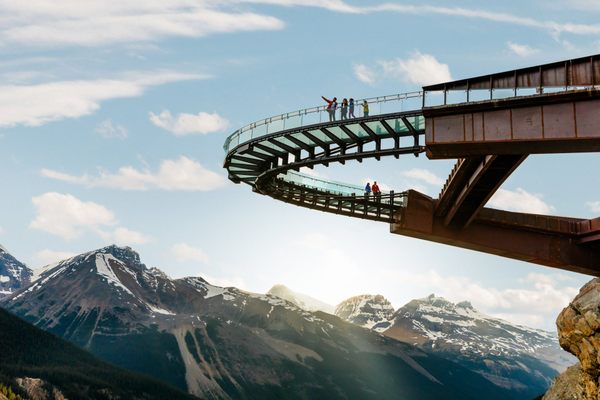




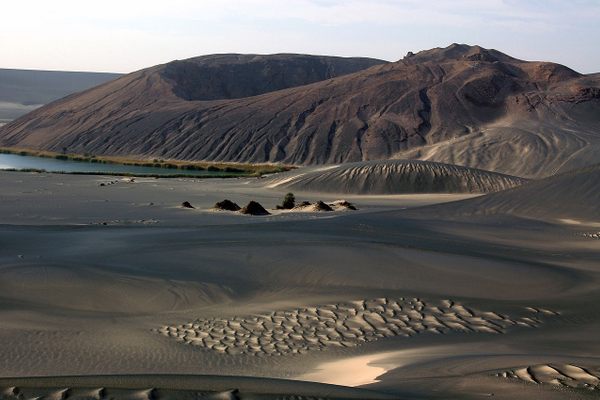


Follow us on Twitter to get the latest on the world's hidden wonders.
Like us on Facebook to get the latest on the world's hidden wonders.
Follow us on Twitter Like us on Facebook